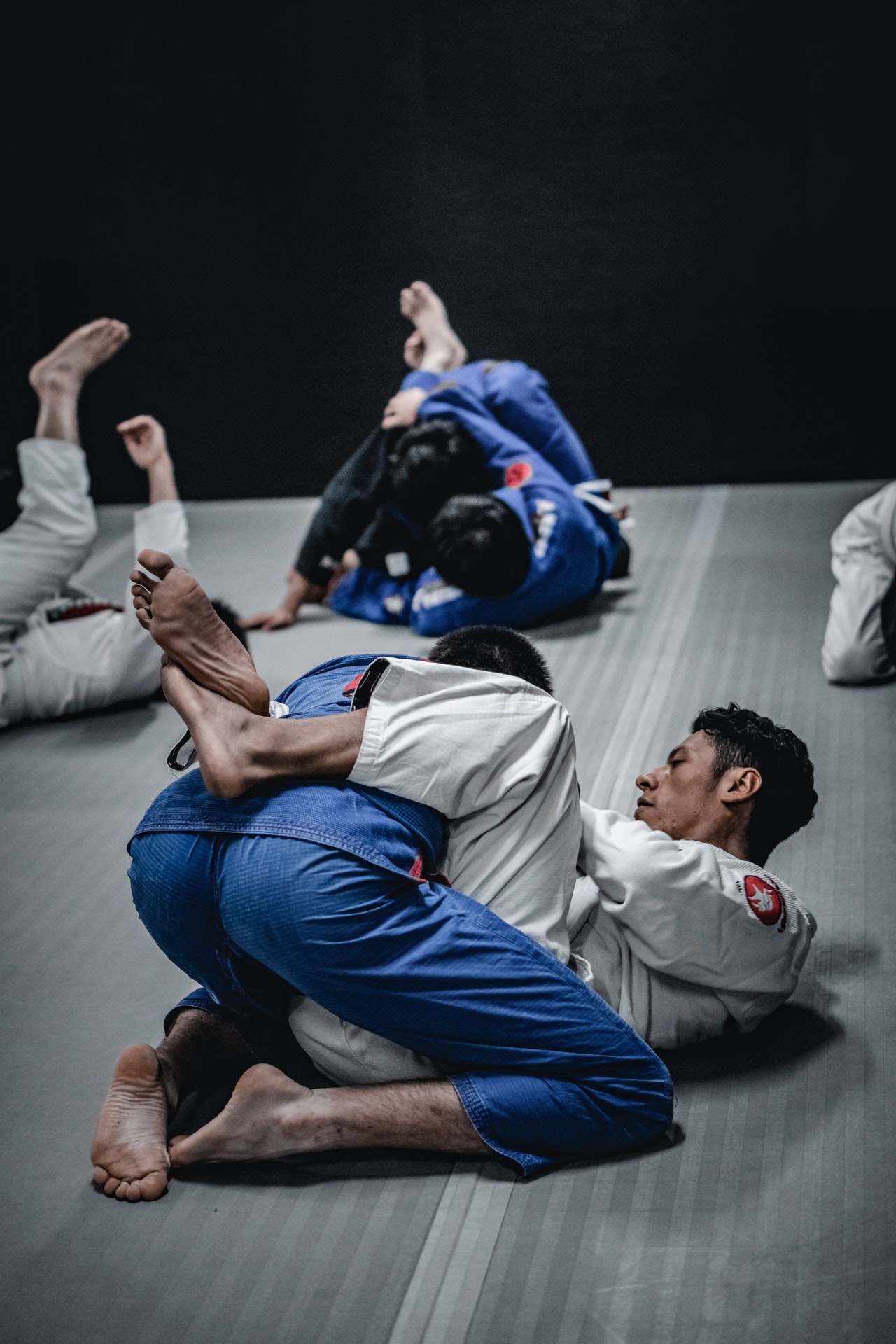In martial arts, becoming a teacher is the final step on your path as a practitioner, and the first step towards eventual style mastery. Helping new students fine-tune their skills can be a challenging but satisfying application of years of hard work. However, becoming an instructor takes more than just ability.
Once you have gained considerable experience in your discipline, you can begin to think about becoming an instructor. To be accepted as a professional instructor of your chosen type, you will need to apply for certification. You will then focus primarily on establishing yourself in your region and training a new generation of talented martial artists to keep the tradition alive.
If you are a martial arts enthusiast and want to help instill that passion in young learners, this could be the perfect career for you. To learn more about this profession, continue reading. We will cover all you need to know about being a martial arts instructor in this article.

How To Get Started
The majority of instructors hold at least one black belt in the style they teach. Many schools will say you can teach the style only if you have a black belt. This is an old tradition, centered on the idea of “passing it on” via oral traditions. In the past, a black belt would help beginners in their own preparation. However, it didn’t necessarily mean they started their own training school.
Some teachers have earned a qualification to train martial arts teachers. A surprisingly small number of qualified educators went through a training program for teachers. These same teachers tend to run very impressive classes, instructing top students.
Such training programs help a person learn the art of teaching – which is entirely different from mastering the skills themselves. This helps the person communicate with their students, encourage them to make real progress, coordinate a successful curriculum, and deal with problems within their academy.
Know The Necessary Style Options
Investigate the different martial arts to find the one that you are most passionate about. There are hundreds and hundreds of styles from around the world. These styles include traditional techniques such as Hung Gar, pencak silat, and Shorin-ryu karate as well as more sports-oriented disciplines such as kickboxing, judo, kendo, and mixed martial arts (MMA). The selection of strategies, tactics, training methods and philosophical approaches to fighting and physical well-being distinguishes each style.
Once you’ve explored a wide variety of styles, narrow down your quest to the ones taught in your area, so you’ll know what choices are there for you. Keep your own physical strengths and limitations in mind when comparing different disciplines.
Achieve Mastery
Achieve a fundamental degree of mastery. Train hard to earn your black belt or equivalent rank in your style before you even think about being an instructor. At this point, your primary focus should be on sharpening your own skills. Prospective pupils will be more eager to learn from a teacher who has shown excellence in their craft.
Get Your Certificate
Become a member of the national governing body for your discipline. Some western martial arts disciplines are watched over by various organizations. In schools where the style is taught, these organizations develop uniform rules, organize competitions, and provide guidelines for proper business practices. If you’re planning to teach one day, you need to belong to the governing body of your style first.
Register for certification as a teacher. Now that you are a member of the governing body, your next step is to get an official coaching certification. This will typically involve one or more rigorous training courses for the coach, as well as a thorough review involving both a practical demonstration and a written section to test style history and theory awareness.

Conclusion
If you are passionate about martial arts and have fully mastered your discipline, then you may want to consider becoming an instructor. In this position, you will be able to pass your expertise and enthusiasm down to other people who are interested in the craft.
For more information about opening a business or a school, click here.
Also read – How To Start A Teaching Career












